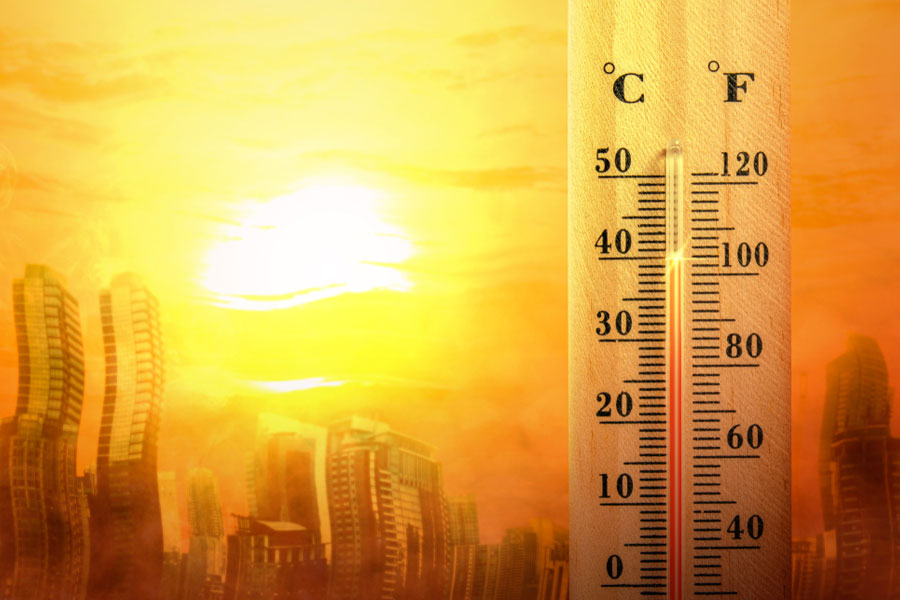Eastern and northeastern parts of India were hotter than the rest of the country in the past month, with day and night temperatures reaching record levels, a scientist with the India Meteorological Department (IMD) told The Telegraph on Thursday.
“Across east and northeast India, the April average of minimum temperature was 22.19 degrees Celsius, and that of mean temperature was 28.12 degrees Celsius, both the highest since 1901, the year since we’ve maintained regular records,” said O.P. Sreejith, the head of climate monitoring and prediction at IMD Pune.
The average maximum temperature in April was 34.05 degrees Celsius, the ninth highest over the last 124 years, he added.
According to weather data, while the minimum temperature in April was 1.78 degrees Celsius more than the normal temperature in the eastern and northeastern regions, the mean and maximum temperatures were higher by 2.01 degrees Celsius and 2.25 degrees Celsius, respectively.
A comparison of different parts of the country shows that the rise in temperature in east and northeast India has been more than 60 per cent higher than the rise recorded in south peninsular India.
The scientist said: “Global warming coupled with the El Nino phenomenon has likely contributed to this record temperature rise in the region.”
El Nino is a global weather condition linked to periodic warming of the Pacific Ocean’s sea surface that consequently leads to the warming of the weather.
“Climate change is consistently pushing up the mercury globally, while El Nino, in its fourth and last year of the current cycle, is adding to the warm quotient. For the last few days, the maximum temperature in several places of the east and northeast regions was recorded to be 40 degrees and above; and the night temperatures also did not slide as no cool air was available in the system. That, in turn, has also pushed up the mean temperature,” explained K.J. Ramesh, former director-general of IMD.
A scientist at the Indian Institute of Science pointed out that the minimum temperatures had been showing more pronounced changes across India, compared to the maximum, which over time is a tell-tale symptom of long-term climatic impact on temperature.
“El Nino, with its tendency to disrupt weather patterns worldwide, may well contribute to the region’s, including Calcutta’s, heatwave. However, it’s not the sole culprit,” opined Anjal Prakash, a professor at the Indian School of Business and also an author of a UN climate report.
The Intergovernmental Panel on Climate Change (IPCC) has predicted that the mean temperature of most cities in south Bengal may rise around 4.5 degrees Celsius around 2081-2100; compared to the pre-industrial era, at a rate higher than the global average.











